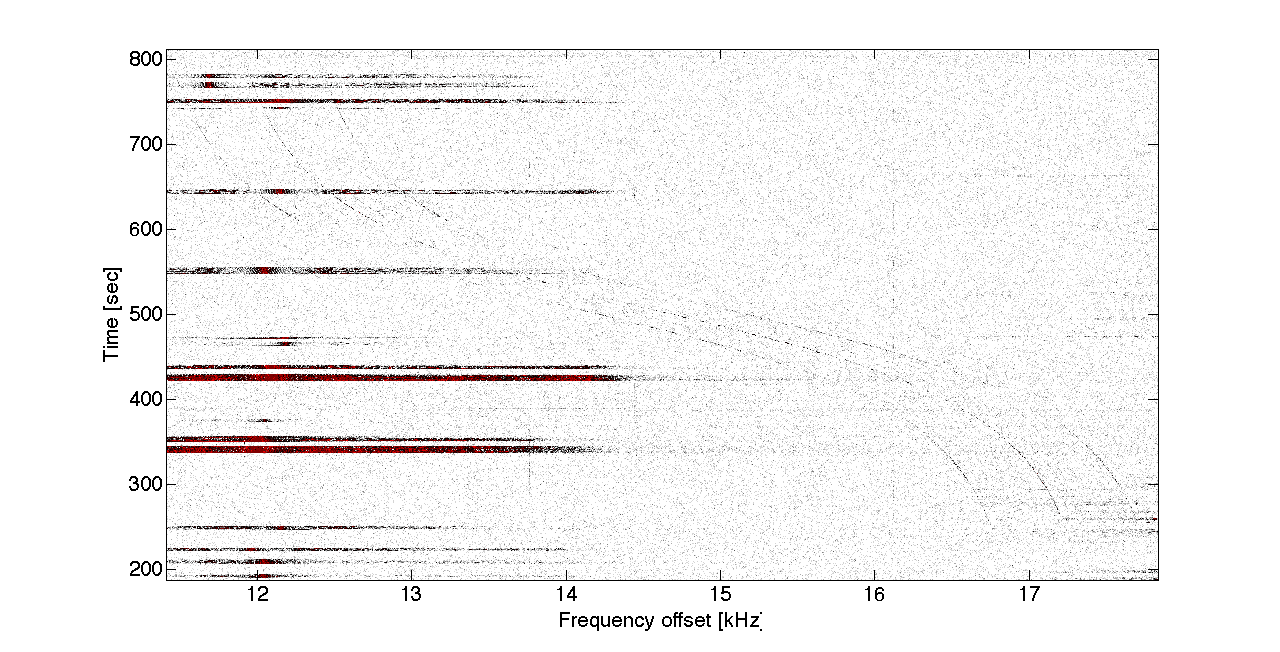Delfi-C3 still working after almost 7 years!
Did you hear about the story of a small satellite designed and build by students of Delft University of Technology? I mean a real satellite in SPACE!!! It is still flying and transmitting data back to Earth and you can listen to it!
Some of my nerdy friends have complained that I cannot listen to the sound of satellites as I various times state on this blog (e.g. post, post, and post). Something to do that sound does not propagate in vacuum, and space is almost vacuum. So, yes satellites do not make sound (20-20000 Hz for the human ear), however in my defence you can transform their radio signal (145.870 MHz) into sound. Its the same trick scientists do when they listen to the SOUND the universe makes (listen to it here!).
But, lets get back on topic! Delfi-C3 is still operating and in honour of its almost 7 years in space, I wanted to write a small piece about it. To see if it is still operating, I have recorded the downlink signal of today's passes. After a Fourier transformation we obtain the familiar images:
 |
| Radio was tuned at 145.870 MHz and recording started at 09:06 UTC 26-January-2015 |
The characteristic Doppler curve is still visible, despite problems with the antenna amplifier. So, yes after 7 years the little satellite is still transmitting data. However, this will not continue forever. Due, to non-gravitational forces Delfi-C3 will slow down and eventually return to the Earth, where it will burn up completely. This slow lowering of the altitude can be observed. With the use of Two Line Element (TLE) data (see for description of TLE here), it is possible to monitor the orbit of Delfi-C3. TLE data is made available by the US, who observe every object in space around the Earth. They give daily updates of the orbit of these objects, like Delfi-C3.
I have downloaded all the TLE data from 28-April-2008 to 26-January-2015 (launch till now) and obtained the semi-major axis of the orbits of the Delfi-C3 from the TLE. When subtracting the radius of the Earth, you have an estimate of the average altitude of the satellite. For the Delfi-C3, this looks as follows:
Delfi-C3 was launched in an almost circular orbit (eccentricity = 0.0016), with an approximate altitude of 625 km. Slowly the satellite began to lower its orbit. At the end of 2011 it had a drop in altitude. After that it increasingly slowed down, lowering the orbit more and more. Currently, the average altitude of the Delfi-C3 is 575 km, already 50 km lower than after launch. To see when the satellite will return to Earth, we can model this exponential decay using the following relation:
f(time) = a*exp(b*time) + c*exp(d*time)
Using a simple fitting routine we can set-up our model and see when it enters our atmosphere. There is some discussion about when a satellite enters our atmosphere, but in doubt use the law. International space law states that at 100 km altitude you are in space, so turning this around, below 100 km you are back in Earth's domain.
The blue line is our simple prediction model. So, after 10 years from now Delfi-C3 will enter our atmosphere and be destroyed. But, until then we can use it to do science!





Reacties
Een reactie posten